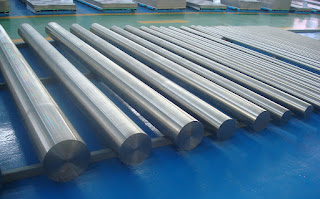The Ultimate Guide to High-Performance Metals Unraveling the Wonders of Zirconium, Titanium, and Niobium
.gif)
Introduction Are you intrigued by the world of advanced materials that power cutting-edge industries? Join us on a fascinating journey as we explore the extraordinary properties of zirconium, titanium, and niobium. In this comprehensive guide, we'll delve into the uses, benefits, and the latest innovations surrounding these high-performance metals. Zirconium Tube - Crafting the Future of Technology Discover the versatility of zirconium tubes and how they contribute to the development of state-of-the-art technologies. From aerospace applications to medical advancements, explore the seamless integration of zirconium tubes into various industries. Titanium Wonders - Wire, Rod, and Forging Dive into the world of titanium and unlock its potential as we explore titanium wire , rods, and forging techniques. Learn how these forms of titanium play pivotal roles in enhancing the strength and durability of products ranging from medical implants to industrial machinery. Niobium
